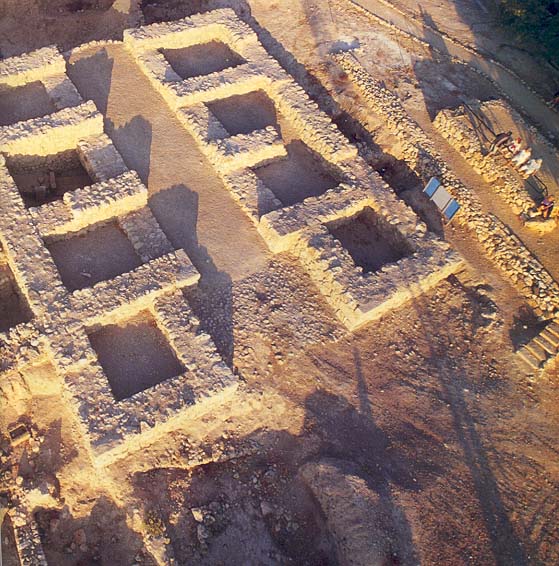Image Details

Studio Sztulman-Kessel, Jerusalem
According to the Bible, King Solomon conscripted forced labor to build “the wall of Jerusalem, Hazor, Megiddo and Gezer” (1 Kings 9:15). The late Israeli archaeologist Yigael Yadin, who excavated Hazor in the 1950s, dated this gateway to the tenth century B.C.E. and identified it (along with similar structures found at Gezer and Megiddo) as the work of Solomon—a finding that has proved increasingly controversial in recent years.
Author Amnon Ben-Tor, who cut his archaeological teeth under Yadin at Hazor, renewed excavations at the site in 1990. In the first installment of a two-part article, Ben-Tor concurs that the gate dates to the tenth century B.C.E. and he reveals more of the city that once lay behind these impressive walls.
